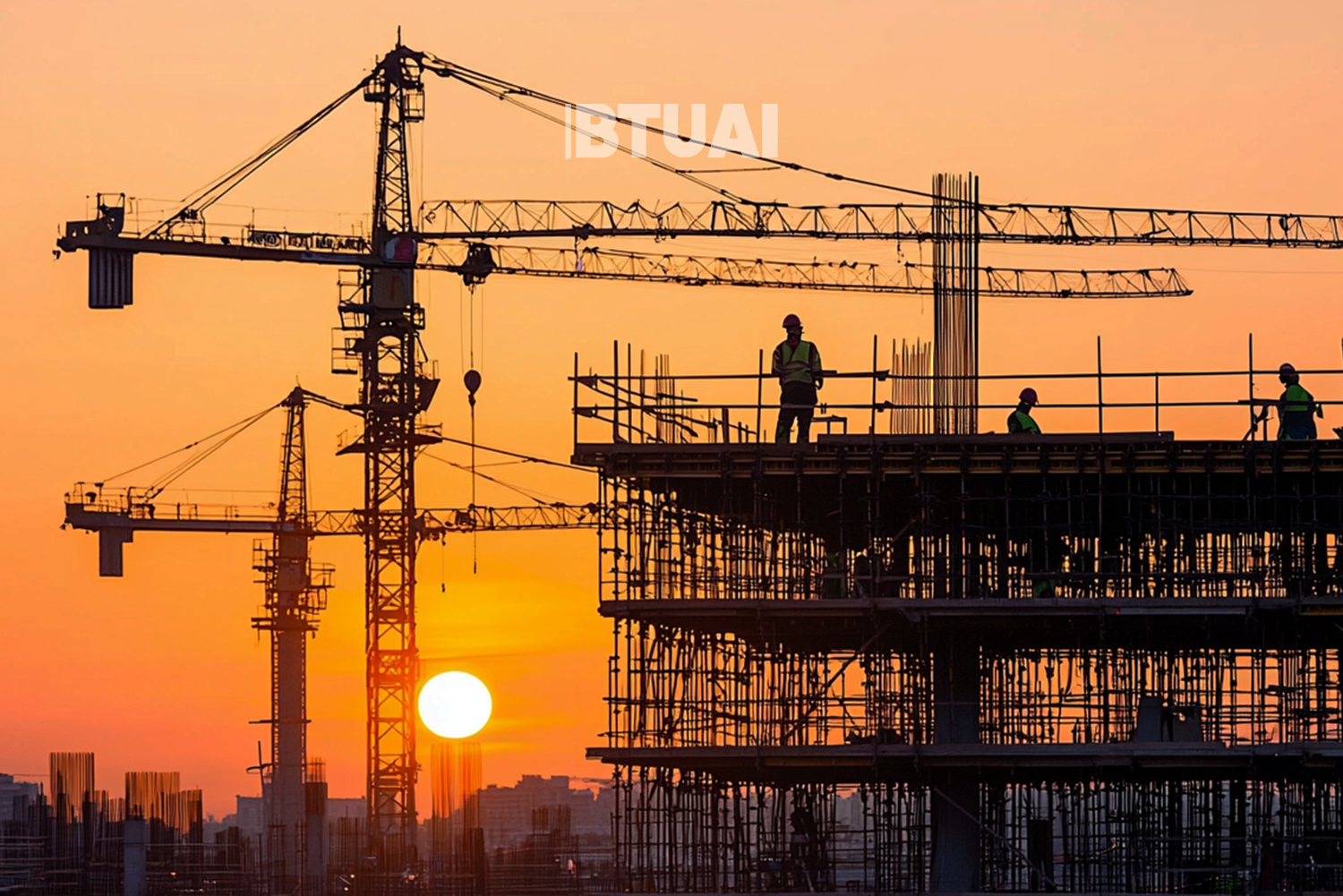Construction Sector in Georgia: 2024 Statistics and Challenges
2024 has been an exceptionally active year for Georgia’s construction sector. The number of building permits issued has significantly

2024 has been an exceptionally active year for Georgia’s construction sector. The number of building permits issued has significantly increased, reaching a total of 12,080, reflecting a 7.1% growth compared to the previous year. Even more notable is the expansion of construction space, which reached 12,040.4 thousand square meters, marking a 28.4% increase from 2023. These figures indicate that Georgia is not only building more but also undertaking larger-scale projects.
Regional Distribution of Construction Permits
Four regions dominate the issuance of construction permits. Tbilisi remains the leader, accounting for 46.8% of all issued permits, reinforcing its high urban development pace and economic significance. Kvemo Kartli follows with 10.5%, while Mtskheta-Mtianeti and Kakheti hold 8.2% and 8.0%, respectively. The growth in these regions is linked to both infrastructure development demands and the strengthening of tourism and agricultural sectors.
In 2024, construction permits have been issued for a diverse range of projects, highlighting a broad sectoral expansion. Special emphasis is placed on multi-functional residential complexes, which contribute to the modernization of urban spaces. Additionally, there is a growing number of permits for commercial buildings, hotels, industrial, and agricultural facilities, further supporting various sectors of the economy.
Completed Construction Projects
Another key indicator of the construction sector’s performance is the number of completed projects. Despite the number of buildings completed rising to 3,604, a 13.3% increase from 2023, the total area of completed projects reached 3,245.6 thousand square meters, which is 1.4% lower than the previous year. This suggests that while the number of new projects is increasing, they are relatively smaller in scale but offer greater functional diversity.
As expected, Tbilisi leads in terms of completed projects, accounting for 36.2% of total construction completions. The Mtskheta-Mtianeti, Kakheti, and Imereti regions also hold significant shares, reflecting positive trends in regional development. However, these figures underscore the need for a sustainable, long-term strategy to ensure that the construction sector’s rapid expansion does not lead to urban planning challenges and infrastructure strain.
Construction as a Key Driver of Georgia’s Economy
The construction sector continues to be a major driver of Georgia’s economy, creating jobs, increasing economic activity, and improving infrastructure. However, with rapid expansion comes the need for responsible and sustainable development.
Urban growth must be balanced with environmental concerns, ensuring that the overuse of natural resources and ecological degradation do not become long-term issues. The adoption of sustainable construction standards and strict enforcement of regulations is critical to ensuring that the sector contributes to both economic progress and societal well-being.
Future Outlook and Key Considerations
The 2024 data clearly shows that Georgia’s construction industry is in a phase of rapid expansion, with its contribution to the national economy growing steadily. However, political stability, increased foreign investments, and a shift towards not just quantitative growth, but also quality-driven development will be crucial for long-term success.
The future of Georgia’s construction sector will depend on three key areas:
- Encouraging investment-friendly policies to attract more foreign capital into the sector.
- Ensuring infrastructure keeps pace with urban expansion to avoid congestion and overdevelopment.
- Enhancing construction quality standards to align with sustainability goals and environmental considerations.
With strategic planning and responsible policies, Georgia’s construction boom can translate into long-term economic progress, ensuring that the country remains an attractive destination for investors, businesses, and residents alike.




